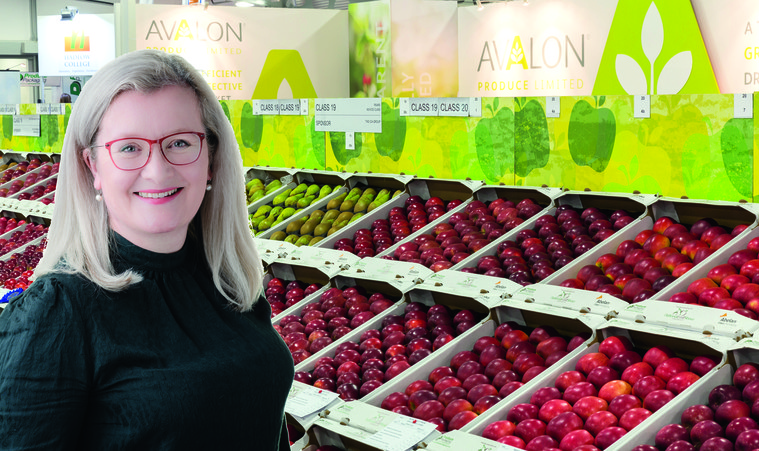It’s all systems go at London’s New Covent Garden Market, and despite a turbulent past 10 months due to Covid-19, the market is really looking to the future. There is great collaboration between the Covent Garden Market Authority (CGMA) and the market’s traders, which is paving the way for a wholesale venue for the future, and some of the successes it has seen over the past year offer a glimpse into the positive future it holds as a food hub for London.
There are more than 150 wholesalers based at the market, offering everything from British-grown greens and seasonal fruit to specially cultivated tomatoes and the very best British asparagus. New Covent Garden Market has long been a trusted supplier of top-quality fresh produce for London’s fine dining restaurants, greengrocers, cafes, staff canteens and beyond. With many of the traders recently diversifying their businesses and introducing new direct-to-consumer delivery options, the CGMA team has been supporting tenants in a number of ways, including a really good marketing campaign driving the growth of the weekly box scheme. There is now a myriad of products (including house plants for the home working environment) being delivered straight to doorsteps.
Last year marked a new chapter for the market, with the CGMA and the Covent Garden Tenants’ Association (CGTA) reaching a final agreement about the redevelopment of the market. This was a hugely positive moment in the history of New Covent Garden Market and one from which I know those of you who deal with wholesalers based on the market will benefit.
The agreement has meant that phase two of the market’s redevelopment is now well underway, and the plans are really impressive. Work started in 2013 and is due to be completed by 2026. The redevelopment will deliver 500,000 sq. ft of modern market facilities, including a purpose-built food trade warehouse and a beautiful, temperature-controlled flower market.
The market site will occupy 37 acres of land at the end of the redevelopment, with surplus land being transformed into a high quality residential neighbourhood comprising 3,000 new homes as well as retail and leisure facilities for the local Nine Elms community. The plans have already seen the opening of the Food Exchange, a collaborative office space for some of the brightest minds in food, and Mission Kitchen, a commercial kitchen workspace for food entrepreneurs. In the years to come chefs, caterers, independent cafe owners and London locals will be flooding to Nine Elms to enjoy some of the capital’s best fresh produce-focused food culture.
Leading the redevelopment is a restructured CGMA team, headed by Chairman of the Board David Frankish, truly impressive in the chair and a thoroughly nice man too. A major team reshuffle in September 2020 saw the creation of seven new roles. Each has specific responsibilities to help improve communication across the market, identify new revenue streams and provide the traders with added expertise to help them build their businesses. There is a bright, non-executive director board supporting the new, excellent senior management team (well, with one fruit focused exception…). It has been really exciting being a part of the board, supporting the ongoing negotiations and dealing with the twin pains of Brexit and Covid-19 and the effects they continue to wreak on marketing business. It’s a well-constructed group of people with excellent knowledge that will help New Covent Garden Market in the years ahead.
It’s clear that New Covent Garden Market has much to look forward to, and access to state-of-the-art facilities will transform it from a historical fresh produce and cut flower market to a market for the future. Some of the forward-thinking changes the market has made in the past year will not only safe-proof it in these turbulent times we’re living through but will also cement its place as a lynchpin of London’s hospitality and food scene. I can’t wait for it to be easier to take visitors to the site; so much has changed already and so much is planned.




